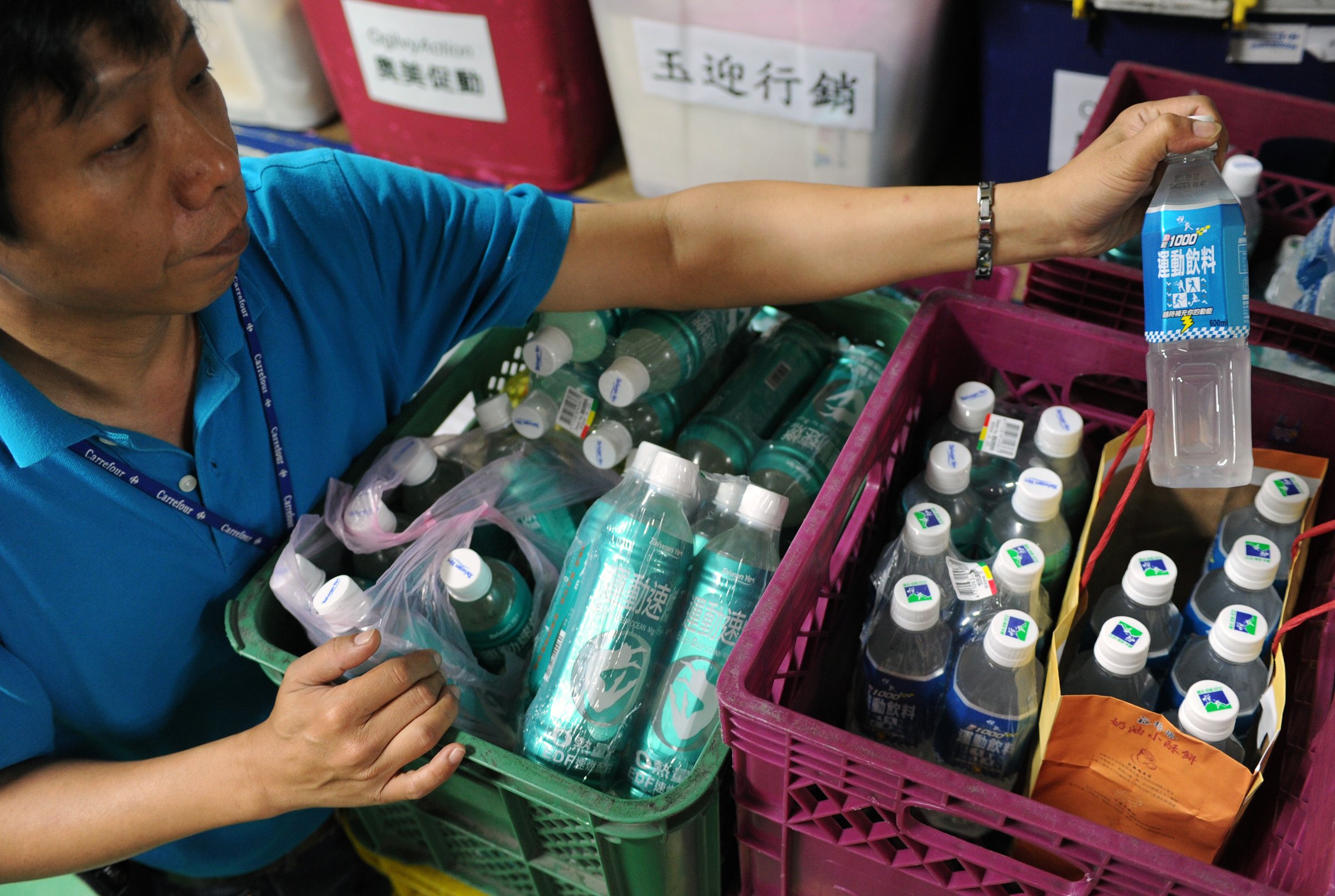
About a decade ago, consumer plastics manufacturers began to replace a chemical known as DEHP—a probable human carcinogen, according to the EPA—from their products. The growing consensus was that the chemical could lead to a number of negative health effects, and its removal was hailed as an advancement in the interest of public health.
Now, new research suggests that replacement chemicals may have some of the same negative health effects as DEHP. A study in the journal Hypertension links high blood pressure and the presence of DINP and DIDP, two replacements for DEHP. Another study from the same researchers, published in the Journal of Clinical Endocrinology and Metabolism, found a link between the replacements and insulin resistance.
Read More: Why ‘BPA-Free’ May Be Meaningless
“These data raise substantial concerns about similar health effects due to chemicals used to replace DEHP under the presumption that they don’t have the same, or different, adverse health effects,” says study author Leonardo Trasande, a professor at New York University. “Clearly there’s a need for further research.”
Researchers relied on urine and blood samples from the National Health and Nutrition Examination Survey to look for a connection between DEHP replacements and various ailments. The research showed a strong relationship between high levels of the chemicals and both insulin resistance and blood pressure. Both of these conditions are associated with diabetes and other negative health effects.
DEHP is not the first chemical to be dumped because of negative health effects only for consumers to learn that the replacements are just as bad. Some manufacturers of consumer products have replaced BPA, another chemical found in plastics, after research has found it to be an endocrine disruptor that damages reproductive health, among other things. It turns out the replacements may have the exact same properties, some research has shown. Trasande says it shouldn’t come as a surprise that chemicals that behave the same way in plastic would have the same side effects. With both BPA and DEHP, replacement chemicals have a nearly identical chemical structure to the original, he says.
But eliminating untested chemicals from the supply has proven difficult, at least in part because the federal regulatory structure assumes that chemicals are “innocent until proven guilty,” Trasande says. “What we need here is a reform that tests chemicals proactively before they’re used on the open market,” he says.
Until those measures are in place and more research is conducted, Trassande suggests that consumers avoid heating plastics in the microwave and throwing away scratched plastic containers to minimize contamination to food.
More Must-Reads from TIME
- Donald Trump Is TIME's 2024 Person of the Year
- Why We Chose Trump as Person of the Year
- Is Intermittent Fasting Good or Bad for You?
- The 100 Must-Read Books of 2024
- The 20 Best Christmas TV Episodes
- Column: If Optimism Feels Ridiculous Now, Try Hope
- The Future of Climate Action Is Trade Policy
- Merle Bombardieri Is Helping People Make the Baby Decision
Write to Justin Worland at justin.worland@time.com